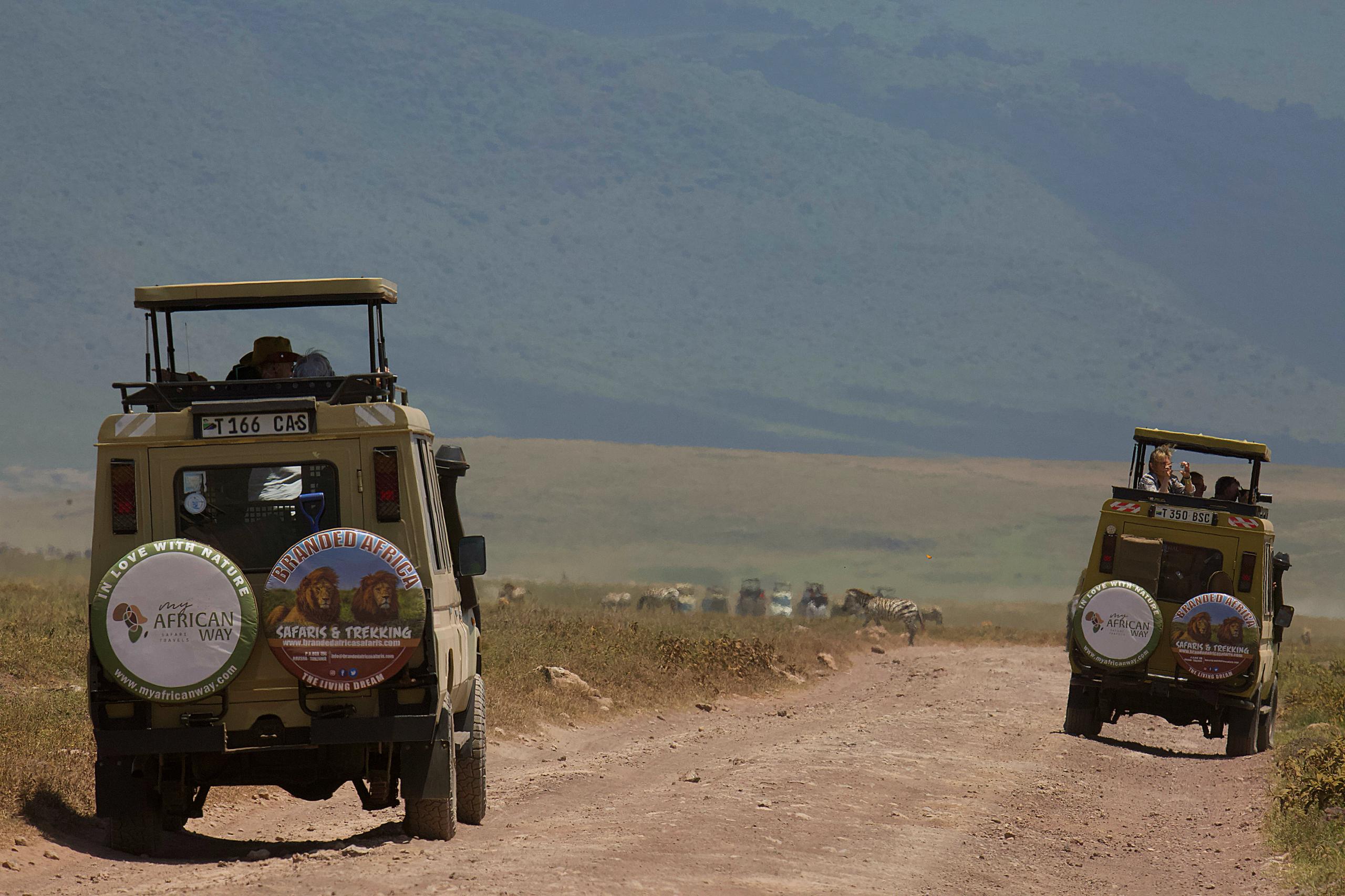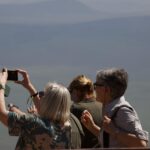
Tanzania is one of the best safari destinations in Africa, offering incredible wildlife experiences, breathtaking landscapes, and the famous Great Wildebeest Migration. However, choosing the best time for a safari in Tanzania depends on what you want to see and experience. Whether you’re looking for the best wildlife viewing in Serengeti National Park, a visit to the Ngorongoro Crater, or exploring the diverse landscapes of Tarangire and Ruaha National Parks, timing is crucial.
In this guide, we break down Tanzania’s safari seasons month by month to help you plan the perfect trip.
Tanzania Safari Seasons Overview
1. Dry Season (June to October) – Best for Wildlife Viewing
Best time for safari in Tanzania
- Pros: Best time to see the Great Migration in the Serengeti, excellent wildlife visibility, fewer mosquitoes
- Cons: High-season pricing, more tourists
The dry season is widely considered the best time for a safari in Tanzania. With minimal rainfall, wildlife congregates around rivers and waterholes, making it easier to spot animals like lions, elephants, and cheetahs.
- June – July: The Great Migration begins, with thousands of wildebeests moving toward northern Serengeti.
- August – September: The famous Mara River crossing occurs, where herds battle crocodile-infested waters.
- October: Dry conditions continue, with excellent game viewing across Serengeti, Tarangire, and Ngorongoro Crater.
2. Short Rainy Season (November to December) – Green and Less Crowded
Tanzania travel seasons
- Pros: Lush green scenery, fewer crowds, lower safari prices
- Cons: Some roads can be muddy, occasional rain showers
While the short rainy season brings occasional showers, game viewing remains good. This is the start of the calving season, where you can witness baby wildebeests and zebras being born. Predators are more active, making it an exciting time for photography.
3. Wet Season (January to May) – Best for Birdwatching and Green Landscapes
Tanzania safari wildlife seasons
- Pros: Beautiful landscapes, great for birdwatching, fewer tourists
- Cons: Some parks become inaccessible due to muddy roads
- January – February: The calving season peaks in the southern Serengeti, attracting predators.
- March – May: The long rainy season brings heavy showers, making it the low season for safaris. However, you can still experience fantastic wildlife in parks like Selous Game Reserve and Ruaha National Park.
Final Thoughts: When Should You Visit Tanzania?
- If you want the best wildlife viewing, visit during the dry season (June – October).
- If you prefer fewer crowds and lower prices, consider November to February.
- For birdwatching and lush landscapes, the rainy season (March – May) is ideal.
By choosing the right time, you can maximize your chances of witnessing Tanzania’s incredible wildlife, from the Great Wildebeest Migration to the Big Five in Ngorongoro Crater.








